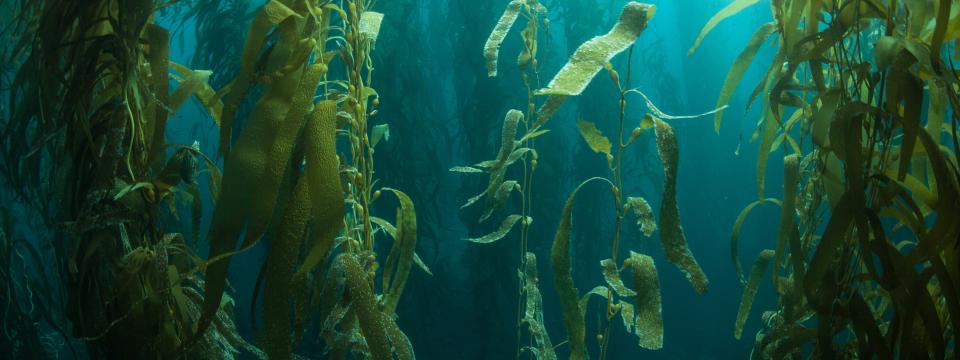You may have heard of genes that act selfishly, organisms that adapt in order to survive, and ecosystems that behave as cohesive units. Biologists often talk about these entities as if they were purposeful, exhibiting agency, directionality or function. Should they?
That’s one of the big questions that brings together experimentalists, theoreticians, and philosophers who are involved in CASP. This is the Purpose Podcast, where we sample the different interpretations and research advances of interdisciplinary projects studying complex living phenomena - agency, cognition, development, function, and goal-directedness - across spatial and temporal scales.

Charbel El-Hani, professor at the Institute of Biology in the Federal University of Bahia, Brazil, discusses ecological function activities and how functional roles work and interact in the flow of matter and energy in the ecosystem.
David Oderberg is a professor of philosophy at the University of Reading. In this episode he talks about why he got into philosophy, why philosophy is important for the study of living things and the theory of mistakes he's developing along with the rest of the Mistakes in Living Systems team.
Host Siddhant Pusdkekar speaks to Joanna Masel, Professor of Ecology and Evolutionary Biology at the University of Arizona, about how she stumbled upon a four billion year old trend and a problem that evolution has been trying to solve since the beginning of life.
In this episode of The Purpose Podcast, we meet a designer and an evolutionary biologist who are working together to bring light into a dark corner of the University of Minnesota. Evolutionary biologist Emilie Snell-Rood convinces people that studying weird animals can be useful for designing things. Designer Jessica Rossi-Mastracci is looking forward to playing with bio-inspired designs, one of which may or may not be a butterfly wing wallpaper. Artwork by Bernie Cook.
Ramray Bhat is an associate professor at the Indian Institute of Science in Banagalore, India. He studies how collectives of cancer cells migrate and metastasize to new organs within the human body.

